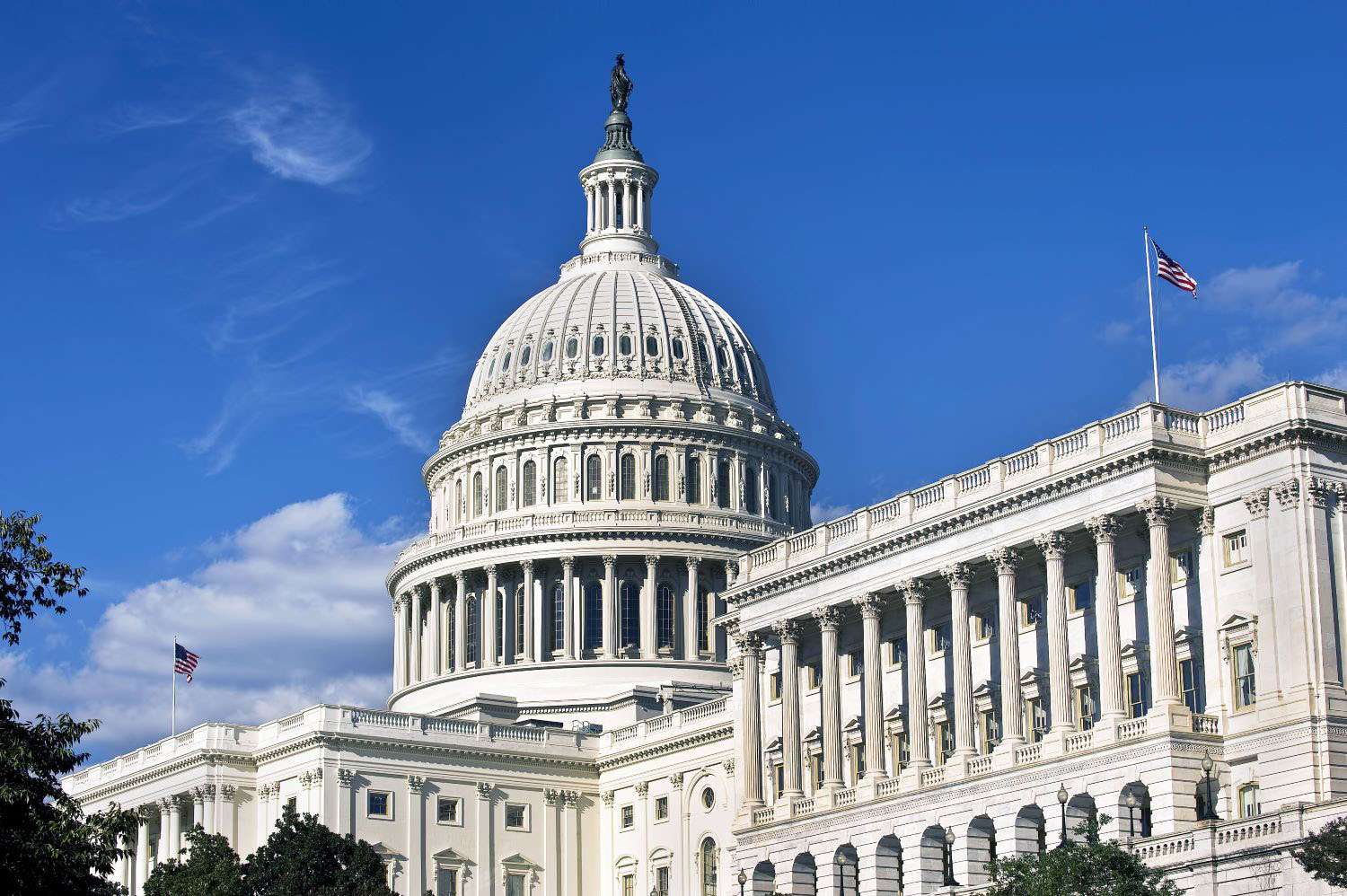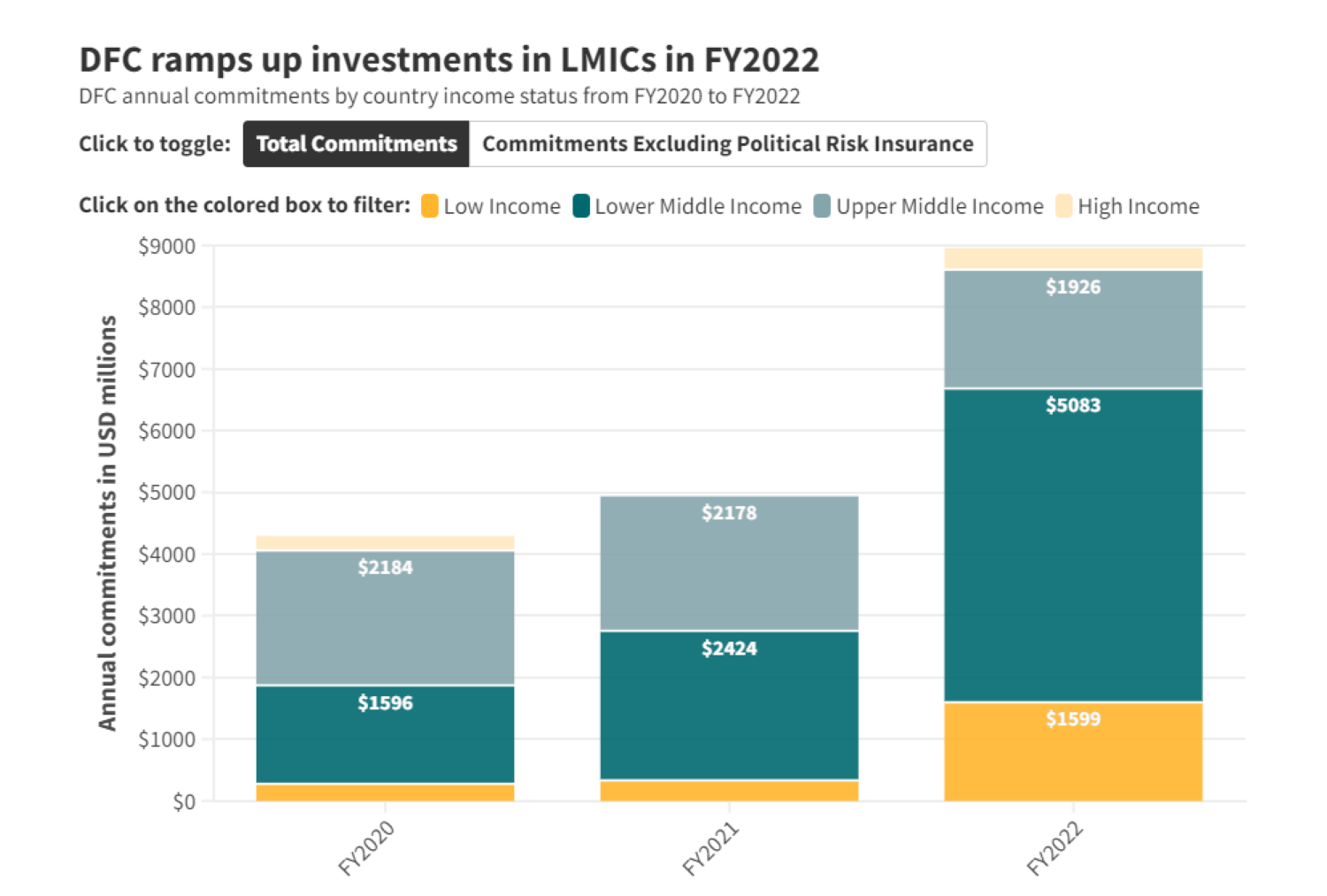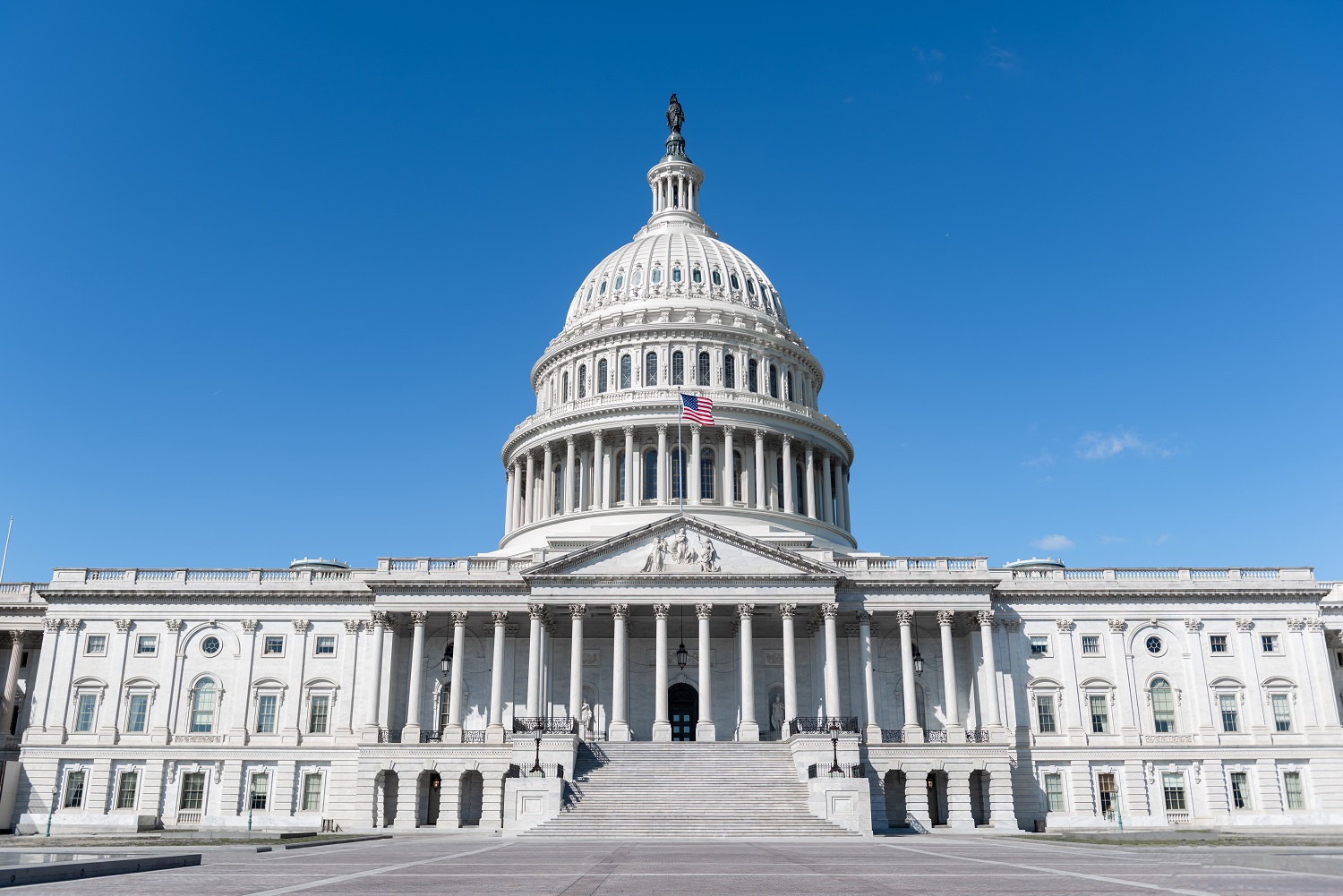Congress has officially wrapped up the FY2017 appropriations process—a mere seven months behind schedule. Much has changed since last fall, including the rhetoric on US foreign aid spending from the sitting administration. And big questions have been swirling about whether the bipartisan consensus in Congress on the importance of effective foreign assistance will hold in this new environment. At least in very short term, the answer appears to be yes.
The omnibus spending package that passed the both chambers last week includes $53.23 billion in funding for State and Foreign Operations. Add the supplemental funding provided late last year and the total reaches $57.53 billion—more than $4.6 billion over FY2016 spending.
|
|
|
|
|
| BASE | $37,939 | $38,035 | $36,751 |
| OCO/GWOT | $14,895 | $14,895 | $16,485 |
| Total | $52,834 | $52,930 | $53,236 |
There’s certainly a danger in reading too much into this occasion of consensus. Congress is staring down an ambitious agenda featuring big items such as health care and tax reform, so there was clear interest in averting a government shutdown and moving on. Members also may be hedging with an eye fixed on FY2018, when they’ll be starting with a considerably lower request from the administration and facing the threat of sequestration. Still, if you’re searching for signs that Congress continues to see value in constructive global engagement, the bill contains quite a few of them. And where the Trump administration has pushed back against the fundamental value proposition of US assistance while looking to prioritize aid for strategic and political interests over development goals, with this bill Congress appears poised to take the reins to steer a different approach.
Development Assistance vs. Economic Support Fund
|
|
|
|
|
| Development Assistance | $2,781 | $2,960 | $2,995 |
| Economic Support Fund | $4,319 | $6,081 | $3,657 |
Leaked FY2018 budget documents indicate the Trump administration plans to eliminate funding for USAID’s Development Assistance (DA) account, while relying more heavily on the Economic Support Fund (ESF). As my colleague Jeremy Konyndyk pointed out, an easily inferred motive behind the shift is that the administration hopes to use foreign aid chiefly as a tool for achieving near-term diplomatic and political objectives. But that approach may not sit well with Congress, which has rallied behind DA-funded efforts to promote agricultural development and extend access to electricity. Indeed, the omnibus includes an increase in funding for DA, while reducing ESF.
OPIC
|
|
|
|
|
| Administrative Expenses | $63 | $88 | $70 |
| Program Account | $20 | $20 | $20 |
In its FY2018 “skinny budget” released earlier this year, the Trump administration called for eliminating funding to the Overseas Private Investment Corporation. But it appears congressional appropriators see the value of attracting greater private investment through the money-making, development finance agency—providing a modest boost for OPIC’s administrative expenses.
Global Health
|
|
|
|
|
| Global Health Programs - USAID | $2,833 | $2,907 | $3,055 |
| Global Health Programs - State | $5,670 | $5,670 | $5,670 |
US global health programs have long enjoyed strong support in Congress, but robust funding for USAID’s global health programs also runs counter to the deep cuts proposed by the administration in FY2018. One key area of disagreement is family planning.
International Financial Institutions
|
|
|
|
|
| IFIs | $2,280 | $2,285 | $1,771 |
While the bill includes reductions in our payments to UN agencies—US multilateral assistance managed through the Treasury Department fared somewhat better. That’s not to say the 115th Congress picked up just where the last left off. There are some visible policy differences on issues such as combating climate change, marked not only by a lack of appropriation but an explicit prohibition on contributions to the Green Climate Fund.
Humanitarian Response
|
|
|
|
|
| International Disaster Assistance | $2,794 | $1,957 | $3,812 |
The explanatory statement that accompanied the spending bill highlights the tremendous scale of humanitarian need. According to the UN, close to 20 million people are currently at risk of famine. In response, the measure provides $990 million “for famine prevention, relief, and mitigation” and directs that a portion of the funds appropriated to the International Disaster Assistance account be transferred to shore up the Food for Peace program.
Request for Reorganization Plans
Finally, in another sign Congress isn’t planning to remain idle while the administration reengineers the US approach to development and humanitarian assistance, the bill directs departments and agencies to submit a report outlining any planned reorganization to the Appropriations Committees. The legislative text refers to President Trump’s March executive order specifically, adding to its usual list of demands that includes agency operating and spend plans. The explanatory statement also directs USAID to consult with the relevant congressional committees prior to engaging in discussions with foreign government officials about potential USAID mission closures.
We’ll be watching closely for what’s next—while hoping Congress continues to play an active role in shaping US global engagement in FY2017 and beyond.
Disclaimer
CGD blog posts reflect the views of the authors, drawing on prior research and experience in their areas of expertise. CGD is a nonpartisan, independent organization and does not take institutional positions.





